Resignation Letter / Relieving Letter / Termination Notice


The following information is prepared from the perspective of the employer terminating the employment contract. For termination of employment by the employee, please refer to the section “Personal” – “Work / Employment” – “Resignation Letter”.
There are 3 ways to terminate the employment contract of an employee by the employer:
An employment contract can be terminated by the employer (and also by the employee) by giving the other party due notice or payment in lieu of notice. The first thing to do is to check the notice period and other entitlements under the employment contract. The notice period starts when the employer sends a written notice letter or email to the employee clearly terminating the employment relationship and ends on the employee's last day of work.
Instead of issuing a notice letter, most employers would choose to terminate their employees immediately and make payment in lieu of notice. This is to avoid the potential risk of a disgruntled employee causing damage to or even sabotaging the company during the notice period.
The amount of payment should be equal to:
An employment contract can be summarily dismissed (i.e. termination for cause without notice or payment) if the employee has committed certain serious offences in connection with the employment, for example:
It is generally unlawful for an employer to dismiss an employee for taking part in a strike without any notice or payment in lieu of notice. Summary dismissal should be reserved for an employee who has committed a serious breach, misconduct, or has serious performance issues after repeated warnings from the employer. It is a serious disciplinary action and should not be used lightly. Otherwise, the employer may risk facing unfair dismissal claims from the employee.
In most common law jurisdictions, there are certain statutory restrictions on termination of employment contracts that employers must follow. In particular, employers shall not dismiss employees under the following circumstances:
Pregnancy – an employer must not dismiss any woman under maternity when she has given notice of pregnancy.
Sick leave – an employer must not fire an employee who is on paid sick leave.
Whistle-blower – an employer must not dismiss an employee for providing evidence or information to a regulator or authority pending any litigation or investigation relating to the violation of laws.
Union activities – an employer must not dismiss an employee for membership or activities in relation to a trade union.
Work-related injury – an employer must not dismiss an injured employee before signing an agreement to receive employee compensation in relation to the work injury.
Discrimination – an employer shall not dismiss an employee on the basis of race, religion, family status, or gender.
There is a fine line between termination and resignation. The person being terminated is often being asked to resign to save face. The difference between resignation and dismissal can be very noticeable, especially in the calculation of severance and when applying for the next job.
The main difference between the termination of employment and resignation is the person that initiates the termination or the resignation. Resignation refers to the employee's voluntary departure. Termination means that the employer decides to terminate the employment relationship, which is also known as dismissal, firing, or layoff. This line is frequently blurred when an employee is asked to resign after an unsatisfactory performance or other work-related issues (e.g. misconduct or harassment).
Hence, employers may provide some form of compensation payment in lieu of termination notice and severance pay to compensate for the dismissal of an employee. Severance pay allows employees to keep some cash reserves after the end of their work and when they are looking for a new job.
When an employee resigns on a voluntary basis, he/she is still entitled to receive normal compensation until the last day of employment. However, the employee may not be entitled to any severance and may not receive a full pension from the employer. In addition, if the employee is entitled to shares or share options from the company’s shares scheme, the shares or options may not fully vest if the employee chooses to resign rather than be dismissed.
Whether the employee should submit a resignation letter depends on the relative bargaining position between the employer and the employee. If the employee has committed a serious disciplinary breach that can result in dismissal, the employee would not be entitled to any compensation and may choose to resign to avoid being questioned by the next potential employer. In any case, the employee can negotiate with the employer on getting the same compensation, benefits, and vesting of shares as a dismissal when being asked to resign.
Please note that the resignation letters in this section relate to formal resignation from the official positions of the company. For a general letter of resignation from employees, please refer to the section “Personal” – “Work / Employment” – “Resignation Letter”.
A relieving letter is an official letter sent to an employee when he/she leaves the company. A relieving letter formally accepts the resignation of an employee (whether or not voluntary) and provides for the settlement amount by setting out the following: (i) any outstanding salary; (ii) any remuneration the employee is entitled to receive during the notice period; (iii) any payment in lieu of any unused annual leave in proportion; (iv) any pension or long service payment; and (v) any severance payment.
A relieving letter is usually sent by the human resource department or the manager of the employee. Although it is intended to be a full and final settlement with the employee, it does not require the employee's signature. By accepting the payment (usually in the form of a cheque enclosed with the letter), the employee will be deemed to have accepted the terms of the relieving letter.
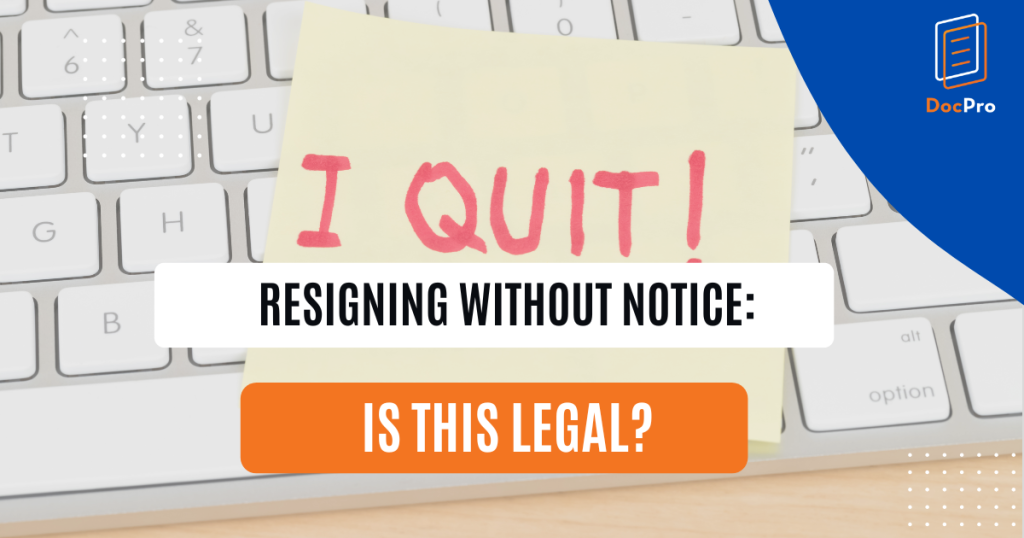
22 Nov 2024
4 min read

7 Jul 2023
4 min read

4 Aug 2022
6 min read
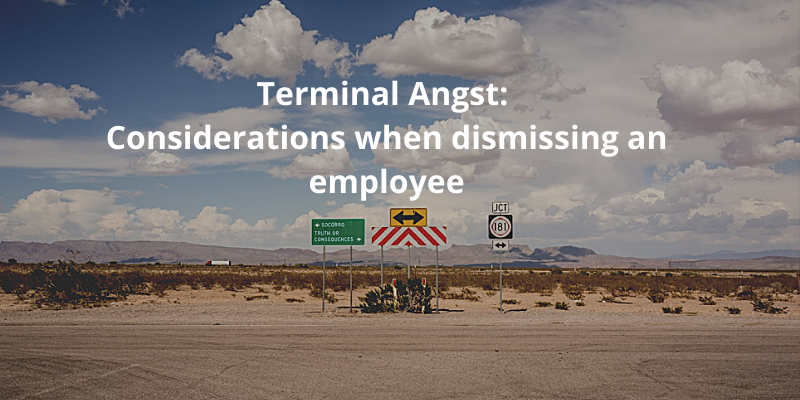
3 May 2022
3 min read

16 Sep 2021
4 min read
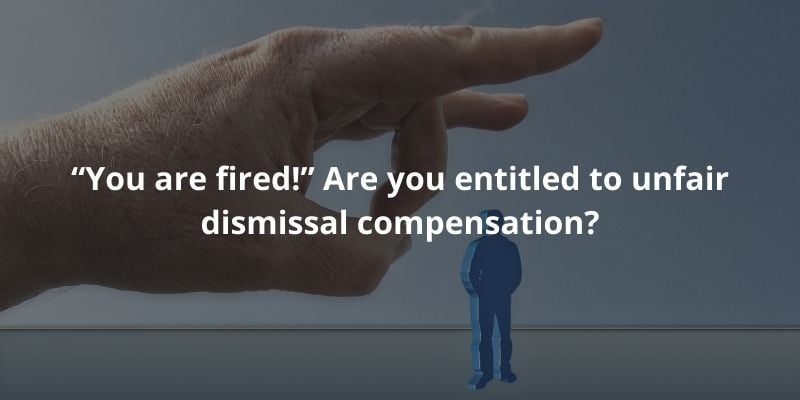
14 Sep 2021
5 min read
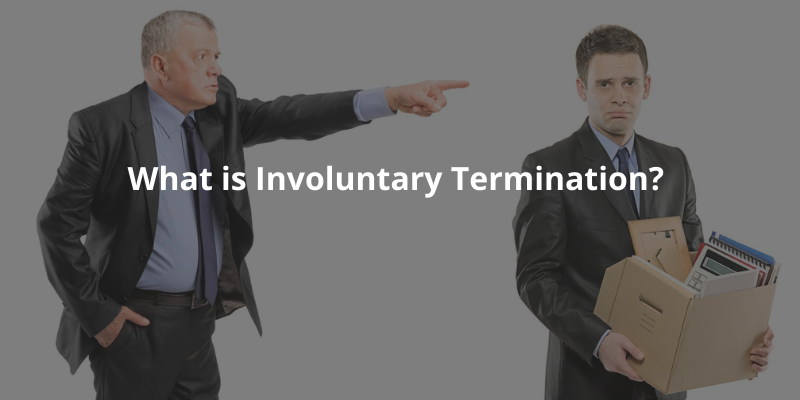
4 Jun 2021
6 min read

19 Feb 2021
6 min read

11 Feb 2021
5 min read
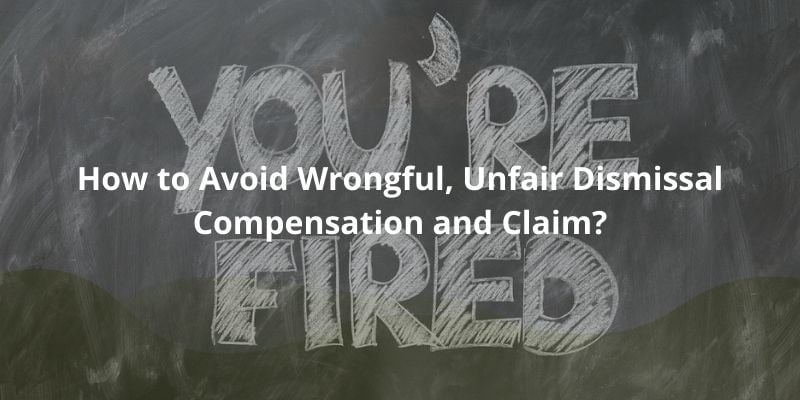
5 Jul 2020
7 min read









Not the right document?
Don’t worry, we have thousands of documents for you to choose from: